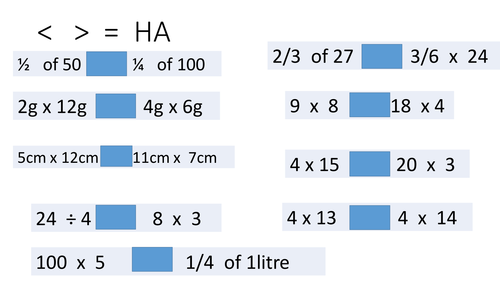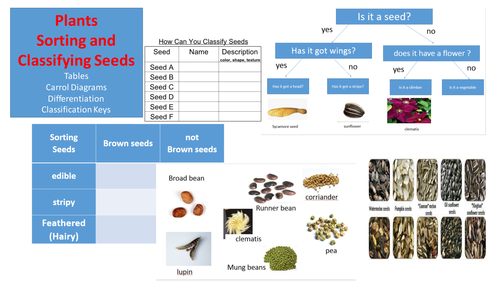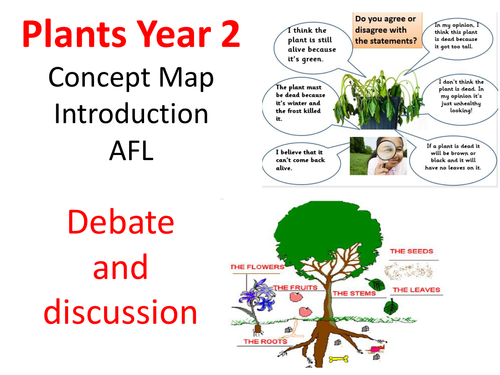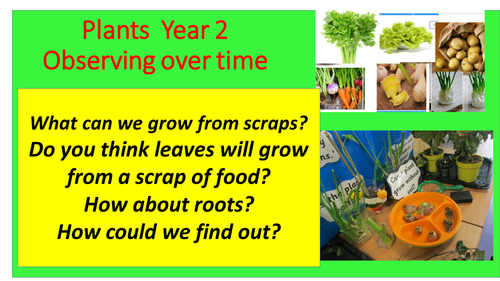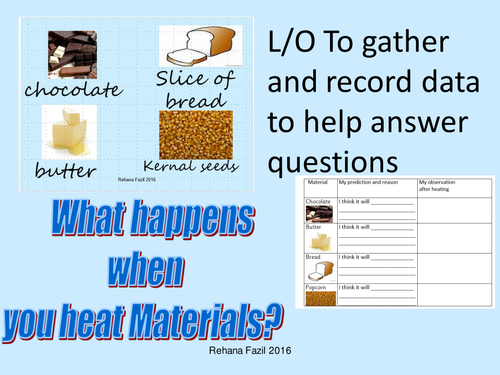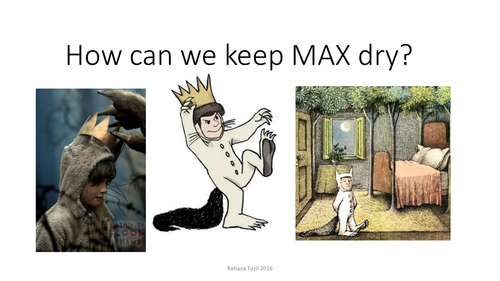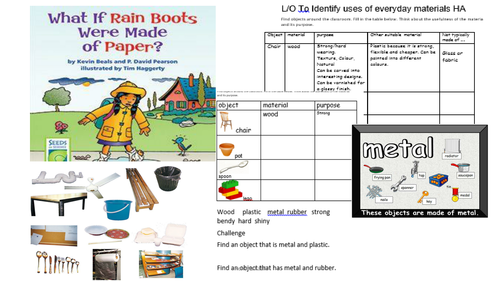Rehana Fazil Saving Teacher's Sundays
Do you want a quality, fun and engaging resource? Look no further! I'm a primary school SLE in English, dedicated to making challenging resources that set high expectations for all pupils. The resources in my shop are outstanding, differentiated and suitable for the new curriculum. Many of the lessons provided have been taught with excellent progress within lessons. I hope the resources help towards your well being and a happy work life balance.




